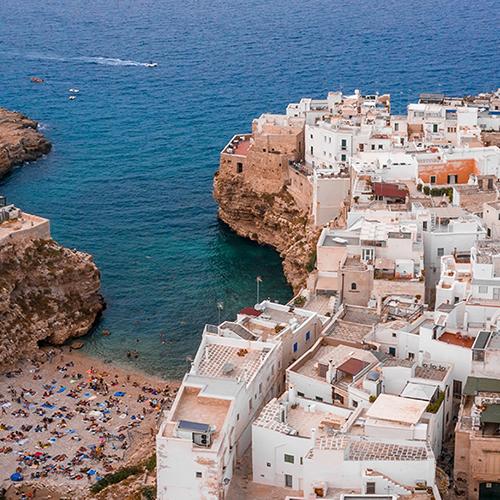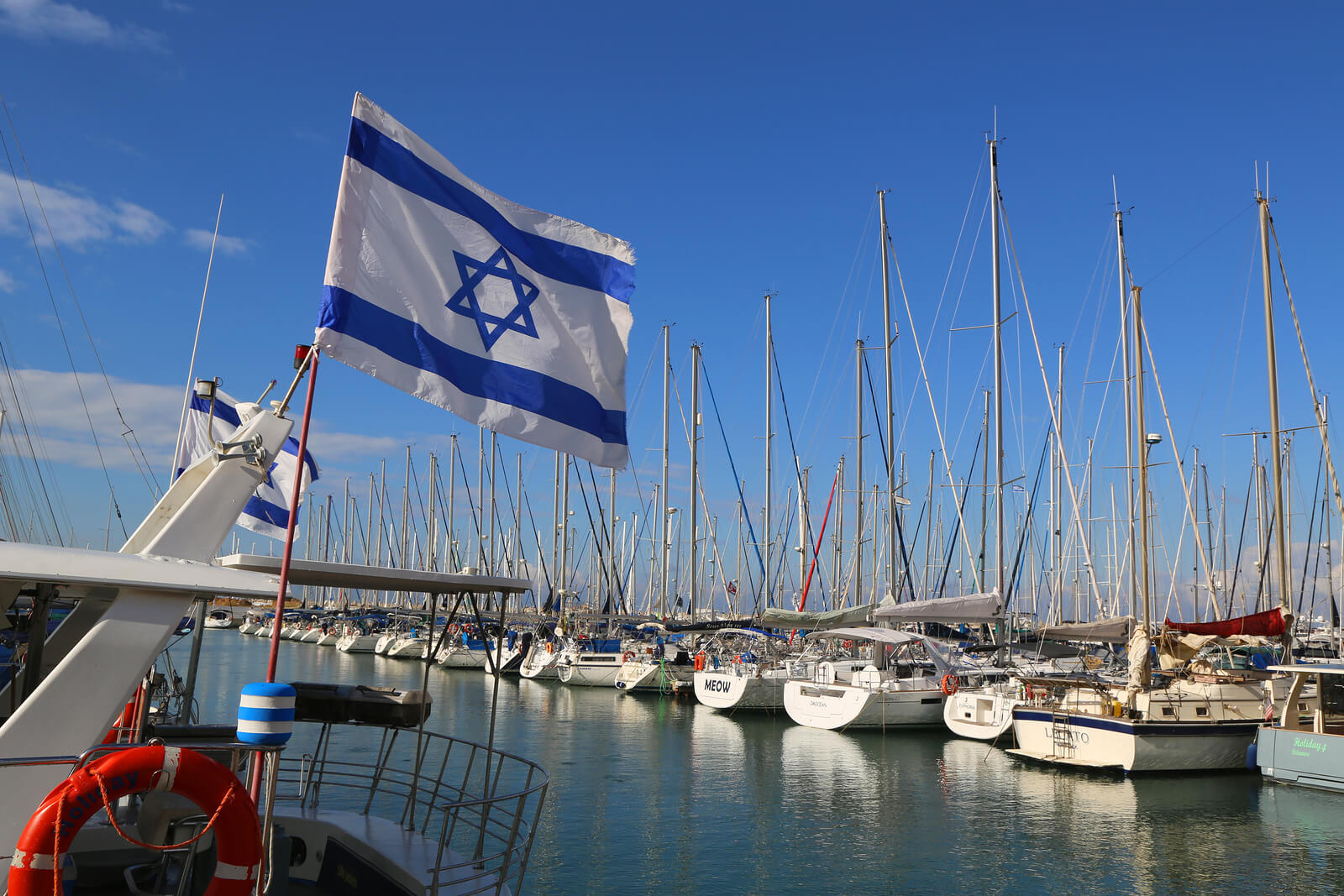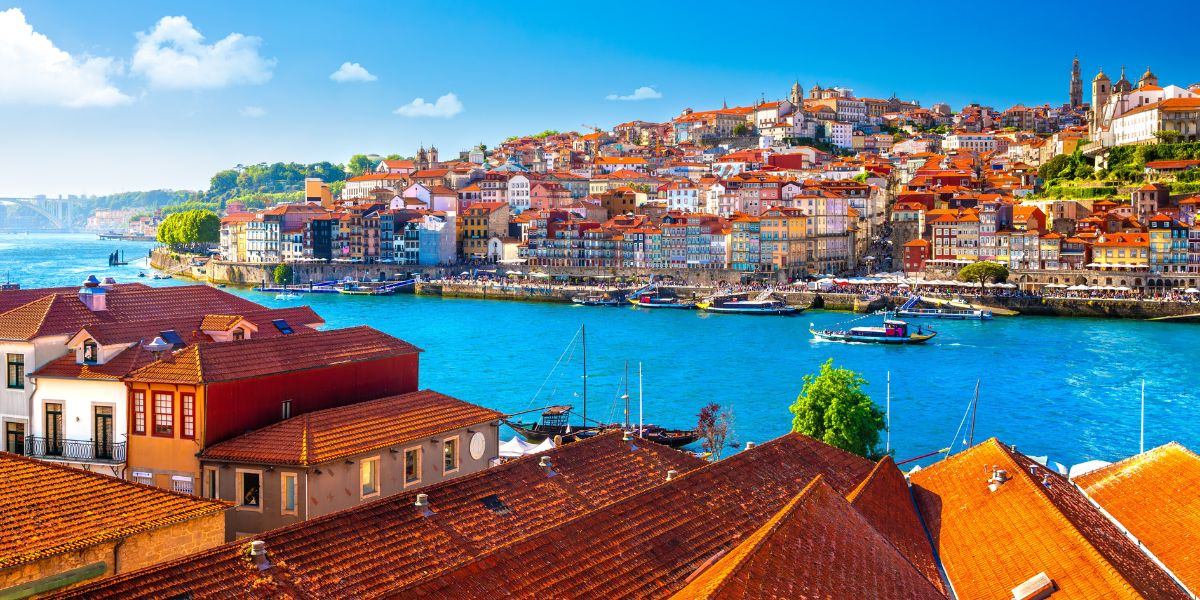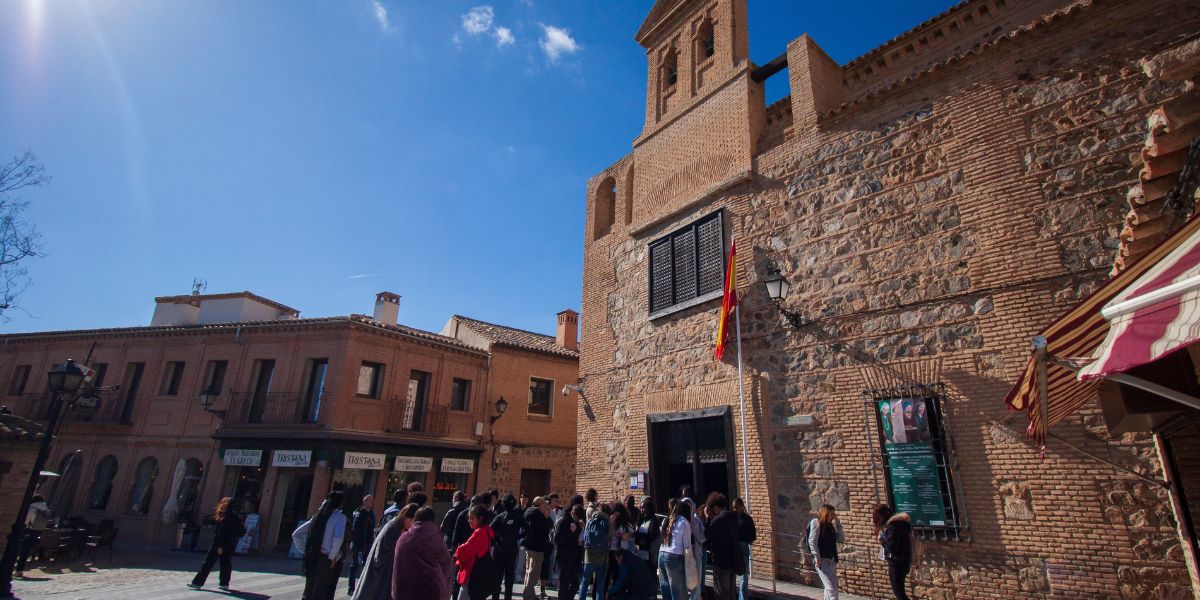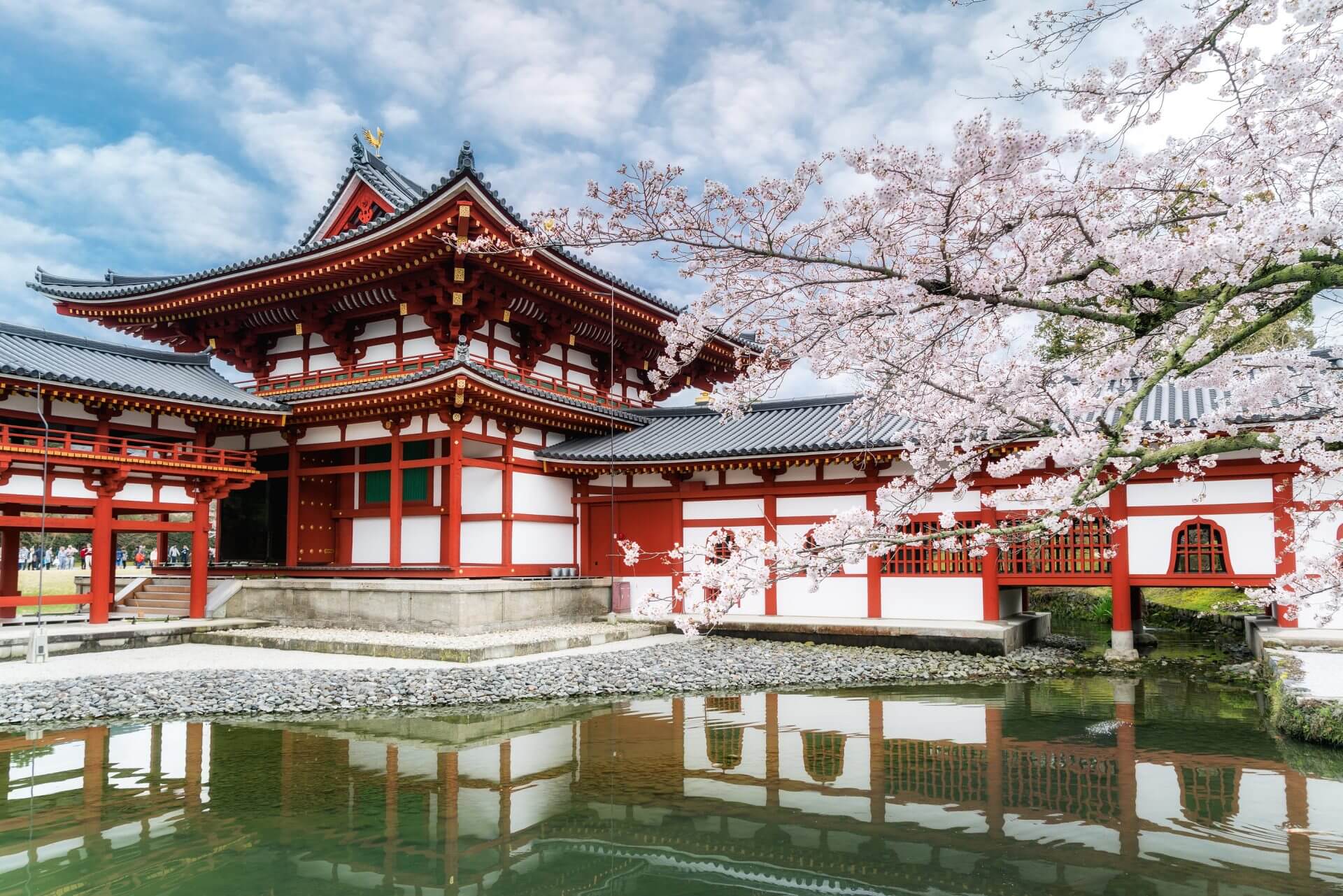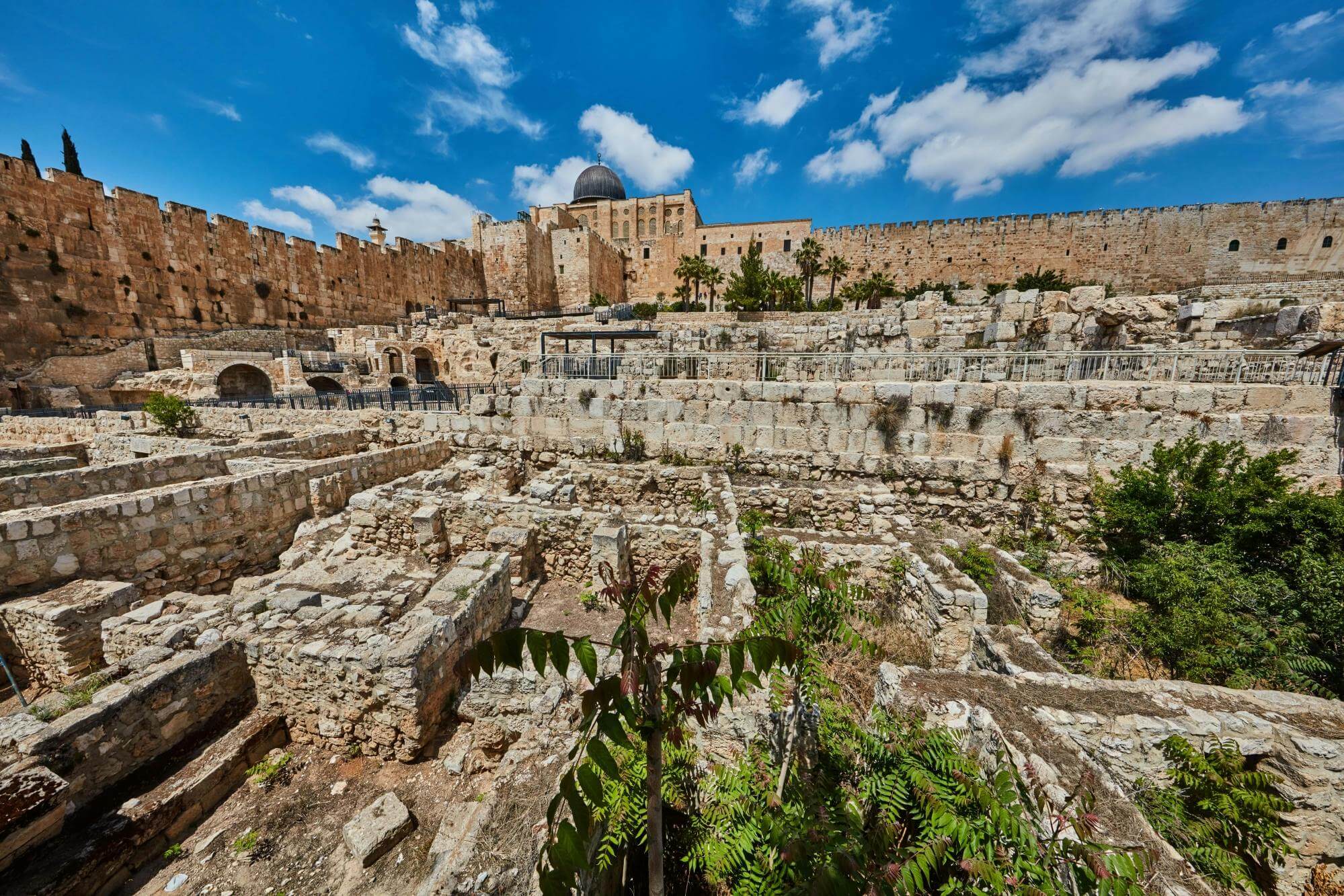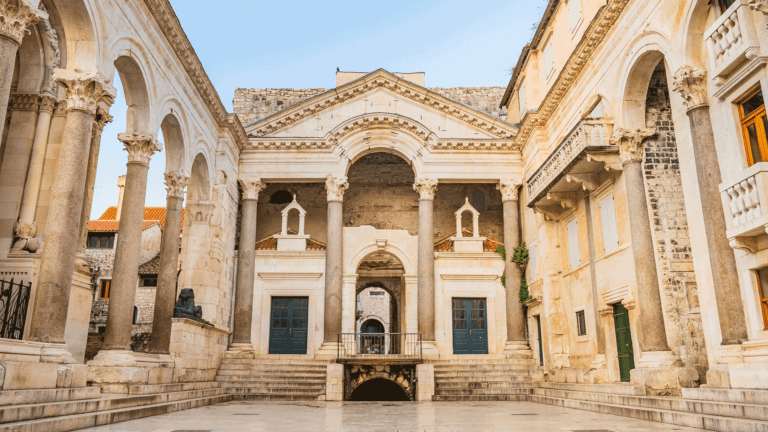Jerusalem’s 5 Must-See Christian Biblical Sites

From one end of Jerusalem to the other, residents and visitors alike can find themselves at any number of sites important in biblical times. If you’re looking for a bit of Christian biblical history in your sightseeing, consider these 5 locations.
[box title=”The Garden Tomb” style=”soft” box_color=”#d8b81d” title_color=”#000000″ radius=”6″]In Jerusalem, many consider the Garden Tomb to be one of two locations where Jesus could have been buried and therefore where the Resurrection could have occurred. Located outside the Damascus Gate of Jerusalem, the Garden Tomb is on Conrad Schick Street. It was unearthed in 1867 and it is now owned and administered by The Garden Tomb (Jerusalem) Association, which is headquartered in the United Kingdom. This location is intended to be a quiet place of reflection.[/box]
[box title=”The Church of the Holy Sepulchre” style=”soft” box_color=”#d8b81d” title_color=”#000000″ radius=”6″]The second location where individuals believe that Jesus could have been buried and therefore resurrected is where the Church of the Holy Sepulchre was built, starting in 326 AD. Now, the church is located within the walls of Jerusalem, in the Christian quarter and is a place where six denominations worship. Inside, you’ll find the tomb of Joseph of Aramathea, although historians say the tomb of Jesus was destroyed by Muslim Caliph Hakim in 1009 CE.[/box]
[box title=”Grotto of the Apostles (or the Grotto of Gethsemane)” style=”soft” box_color=”#d8b81d” title_color=”#000000″ radius=”6″]The Grotto of the Apostles, also known as the Grotto of Gethsemane, is traditionally known as the location where Judas betrayed Jesus. In the fourth century, it became a church used for funerals. This is where the Apostles slept as Jesus prayed on the night before his crucifixion. The Tomb of Mary, said to be where Mary was buried, is very near the grotto.[/box]
[box title=”Golgotha” style=”soft” box_color=”#d8b81d” title_color=”#000000″ radius=”6″]Now called Calvary, Golgotha was the site just outside the walls of Jerusalem, where Jesus was crucified following Judas’ betrayal. Some say the Bible translates “Golgatha” to mean “the place of the skull.” The location is referenced in four canonical gospels: Matthew, Mark Luke and John. Helena, mother of Constantine I, is said to have identified the location in 325 CE. In modern times, Golgotha is the location upon which the Church of the Holy Sepulchre was built the next year.[/box]
[box title=”Via Dolorosa” style=”soft” box_color=”#d8b81d” title_color=”#000000″ radius=”6″]The Via Dolorosa, or Way of Sorrows, is the path that Jesus took from the site of Pontius Pilate’s sentencing to Golgotha, where He was crucified. The way is marked by nine of the 14 Stations of the Cross – the remaining five are within the walls of the Church of the Holy Sepulchre. Each Friday, a Roman Catholic procession walks the route, so if you’re visiting on a Friday, you’ll get to see something special.[/box]
For travelers who are planning a trip to the Holy Land, Jerusalem is a necessary stop due to the abundance of Christian biblical sites in and around the city. The expert travel agents at Gil Travel can help you plan an itinerary that includes as much history and biblical sites as possible. Contact us today to find a trip matches your needs.

